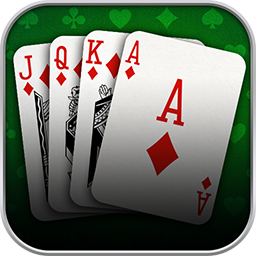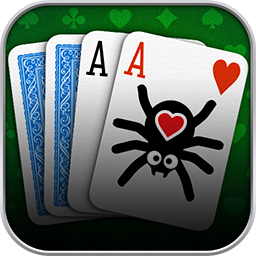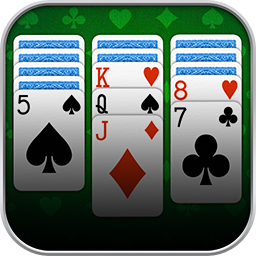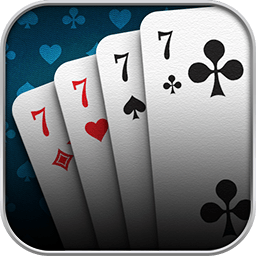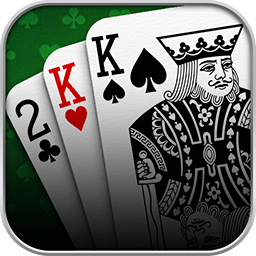In the previous Gin Rummy Lessons, you got to know different approaches to and aspects of Gin Rummy.
If you already know your way around and have developed a solid grasp of Gin Rummy online, you’re ready for the Gin Maneuvers, with which you can supplement the Gin Rummy Strategies! Advanced Gin Rummy Fans will use these to spice up their game and give themselves an advantage.
Drawing Dangerous Cards in Gin Rummy
We want to categorize this into two levels: At level one is drawing for speculation, i.e, to form a meld in subsequent turns with a little luck when drawing. One level further is drawing for the purpose of sheer confusion.
In both cases, we are looking at drawing from the discard pile, of course. Only then do you know the card you are drawing and can make a conscious decision to draw riskily.
The obvious disadvantage of both levels of risky drawing is that by foregoing the face-down draw, you are guaranteed not to draw a suitable card this turn.
The shared advantage, at least if you are up against a defensive Gin Rummy opponent, is that the opponent might suspect that you must be on the verge of success if you are so careless as to draw from the open pile. They might then decide to play even more defensively, which will buy you a few more turns.
Drawing for Speculation in Gin Rummy
A card is dangerous if it does not immediately form or expand a meld in your hand. However, if you draw a card to speculate, it is not completely unsuitable in your hand. It is rather close to existing melds or combinations.
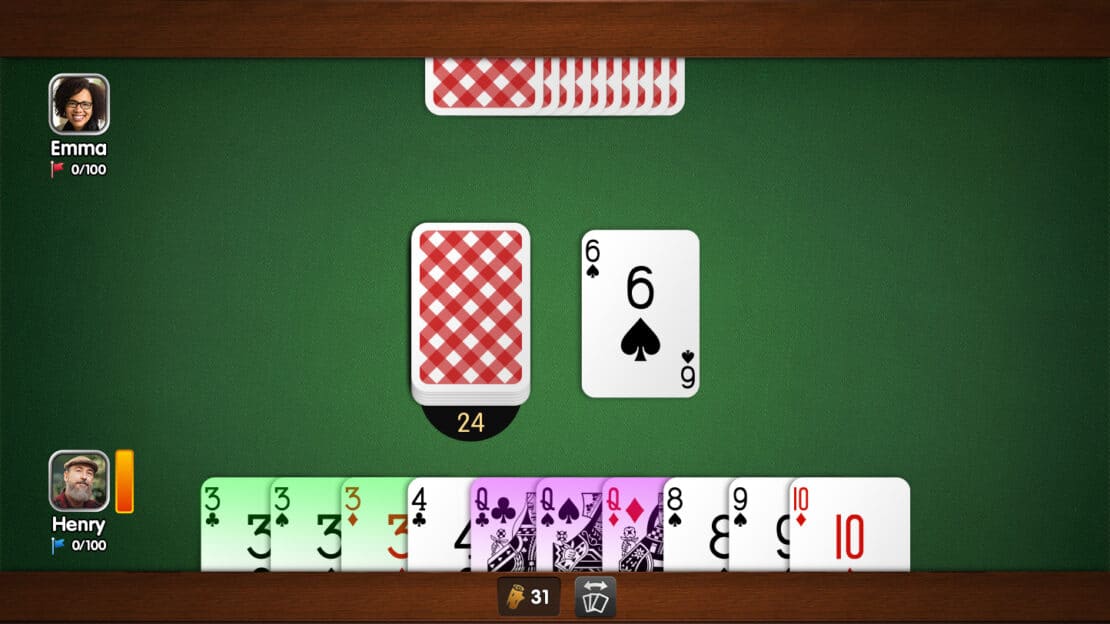
If your hand is already quite good, a speculative card does not create any great opportunities. But if you are left with a bad hand, a card like this can be used to improve it.
However, this card speculation carries its own risk: if your opponent still has a similar card in their hand, your drawing could lead to them keeping their matching card a while longer. Of course, it would be unfortunate if this was the exact card you needed to turn the speculated card into a useful card.
So, it’s a good idea to speculate early in the round, and when your starting hand is a complete disaster. Also, don’t draw anything speculatively that will leave you with more deadwood after the next discard than before drawing.
If you already know your opponent, you can of course also use this knowledge in this Gin Rummy maneuver. For example, if they play very offensively and seem to pay little attention to your discards, you cannot use speculation to cause confusion and stall for time. However, there is a greater chance that your opponent will carelessly discard another card that works for you.
Drawing to Confuse
In the lesson on the defensive Gin Rummy Style, we mentioned that advanced Gin Players use drawing a useless card to at least briefly keep their opponent in the dark about the actual situation in their hand.
The advantage of confusing your opponent is that it buys you time. Against an attentive defensive opponent, it can lead to your opponent being more likely to discard cards that you really need for a bit, because they are paying attention to the wrong thing.
Conversely, this means that it is of course useless against beginners and offensive players who don’t keep track of what you pick up or discard.
Fishing for Cards
The Gin Rummy Pros use this term to describe the process of luring a certain card rank from your opponent by your discard. We will look at sideways fishing separately below.
If you discard a card, your opponent will assume that you probably have no use for cards of this rank. They will therefore be more likely to let go of such cards in their hand than in a situation where you have not discarded a card of the same rank.

As always, the success of this Gin Rummy Maneuver is not guaranteed. Particularly cerebral, defensive players could act in the opposite direction as long as they can, while offensive contemporaries may not even notice your fishing attempt.
In the worst-case scenario, your opponent not only has one suitable card to discard, but two cards of the same rank in their hand and is now happy that they can immediately create a meld.
In order to not risk too much, we suggest the following safety measures: Fish early in the round and only if the targeted card brings you significantly closer to knocking or ginning.
It’s better to avoid fishing if your hand can only yield a meld when you get the card you’re fishing for. If your opponent takes away the bait and melds instead of biting, you will feel like a fool. In that case, it’s better to discard irksome deadwood.
Sideways Fishing
Here, you discard in order to extract a card of the next higher or next lower rank of the same suit from your opponent.
Apart from that, the same points apply here as with standard fishing. That’s why we won’t repeat everything here, and get straight to the example instead:
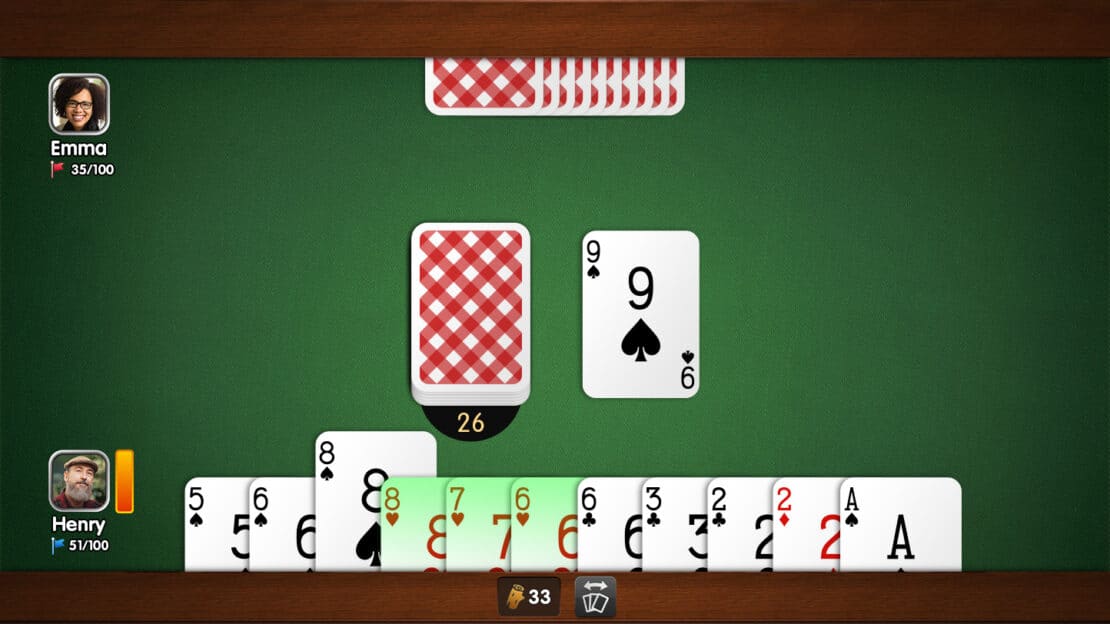
Anti-Fishing
If your opponent discarded, and a card of the same rank seems suitable for your discard, briefly consider whether you could discard another card without restricting your progress.
If you think your opponent capable of a fishing attempt, you could leave them hanging a little longer. They might discard their fishing reason next turn, allowing you to safely discard your card of the same rank.
If you get the impression that your opponent is trying to fish already at the start of your turn, simply draw their fishing card. This will lure them onto the wrong track and may even unsettle them a little.
Of course, you shouldn’t take on too much deadwood risk too late in the round. In other words, don’t hold on to or reach for superfluous, high-value cards.
Provoke Other Behaviors
As with all the maneuvers in this lesson, these are not bulletproof recipes for success. But they can nudge your opponent in your desired direction.
Provoke Knocking
If, despite your best efforts, your hand is all topsy-turvy, you can only hope that your opponent doesn’t manage to go gin as well. If they simply knock, they score fewer bonus points, and you still have a chance to add cards from your card bouquet to their melds.
You could try discarding a really low card that you don’t need for a meld. We’re talking about Twos and Aces here. That way, your opponent might think you’re already close to the Gin and try to block you by knocking first.
Ideally, you should only choose to do this if you no longer hold any really high-value cards, so as not to gift your opponent a massive amount of points with your deadwood alone.
Provoke a High-Card Discard
If you have numerous high-value cards that unfortunately don’t quite fit together and your opponent discards a low card, you could bluff a little again. Draw the face-up low card and discard a useless, high-value card. This could lead your opponent to assume you’re reducing your deadwood in order to knock soon.
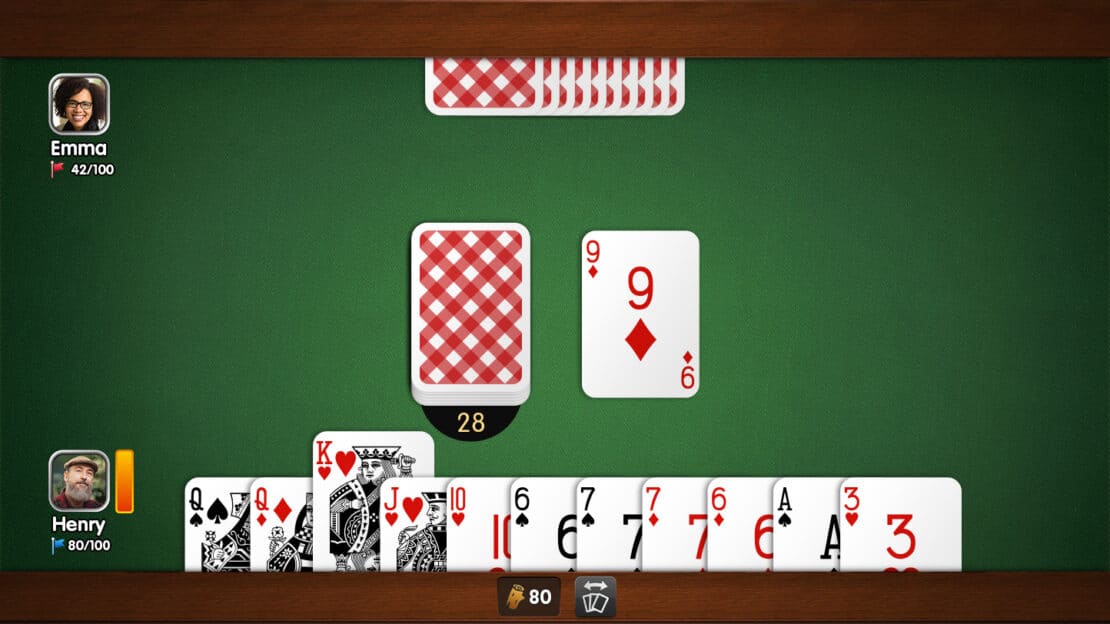
If they still have an unused high-value card, they will probably want to get rid of it and discard it. With a bit of luck, this card will then match a few of your remaining high-value cards. The resulting meld removes even more pesky deadwood and allows you to discard another remaining ten-value card.
Holding Back Discards
We already explained the advantages of observing your opponent in Gin Rummy in detail elsewhere. If you know your opponent’s hand well enough, you can deliberately keep certain cards in your hand if you know that you could attach them to your opponent’s melds should they knock.
On the flip side, it also makes sense not to simply discard these cards, as an attentive opponent will naturally see that they can draw these cards and add them to melds in their hand.
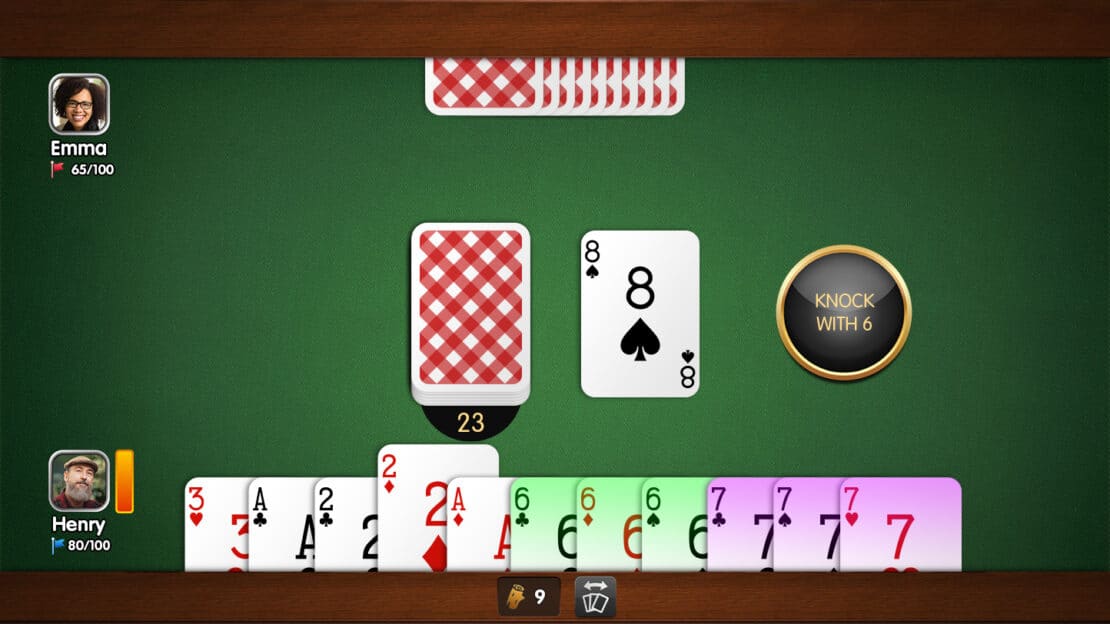
If Emma now knocks without a Gin, Henry can probably at least place this Three with Emma’s meld. Perhaps he will soon draw the right cards to get a Gin himself.
As always, of course, you have to consider whether you might spoil your own hand by accumulating far too much deadwood, which would backfire if your opponent manages to go gin.
Optimize Your Melds
On the other side of the thought process just described, you keep an eye on cards that could be added to your current melds. Were they already visible this round, if so, did they end up in your opponent’s hand? You may even be able to deduce whether they are in a meld or loose. However, if in doubt, assume that they are loose and could therefore be added to your melds.
If you are planning to knock without a gin, check beforehand whether you can rearrange the cards in your hand to ensure your opponent can lay off as little as possible.
Groups of four cards are completely harmless, as they are plainly full. Groups of three cards are also relatively beneficial, as only one card can be added to them.
However, in the worst-case scenario, your opponent could lay off up to four cards to a sequence – two at each end. Starting with three cards, they would have a meld themselves, so we won’t consider that here.
If your cards allow it, it’s ideal if you can push a card from the end of a sequence into a group, for example. This means that your opponent only has the opportunity to attach at one end of the sequence.
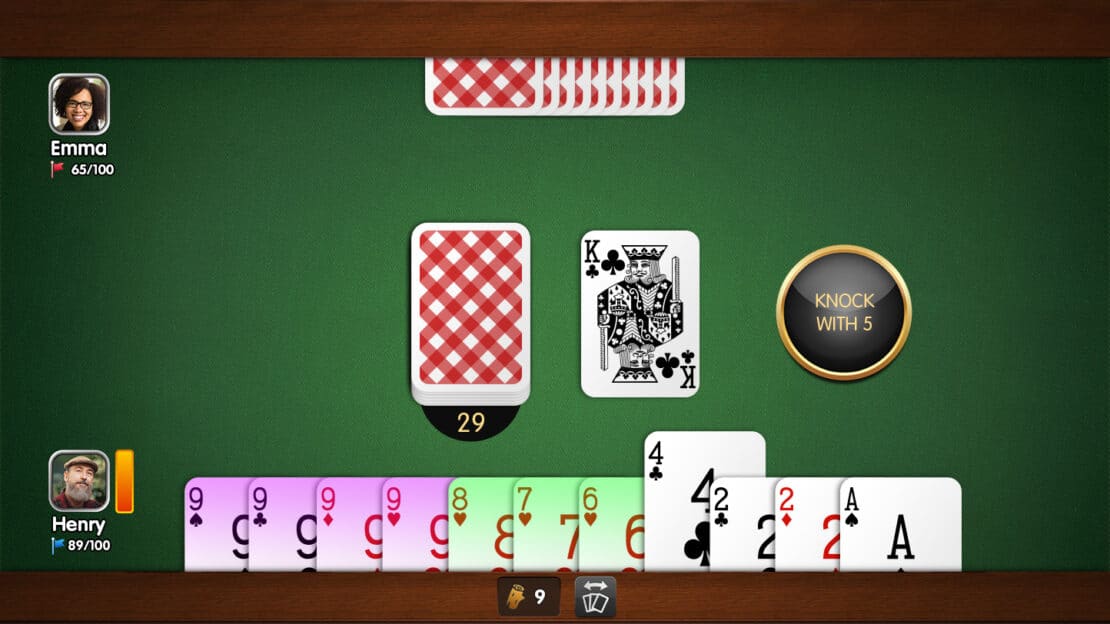
Before doing so, Emma could possibly have added a Ten of Hearts and a Five of Hearts to henry’s meld and thus avoided up to 15 deadwood points. But now only the Five of Hearts is left to potentially add.
But be mindful of not driving up your deadwood with such adjustments. In addition, such optimizations won’t always be possible. But it’s worth checking this out before knocking.
That concludes this lesson on advanced Gin Rummy. Hopefully we’ve given you some new ideas for your next rounds at the Gin Rummy Palace!
If you want to return to the basics of Gin Rummy, you can consult the Gin Rummy Rules and the Gin Rummy Glossary. You can find more details and tactics in the numerous other Gin Rummy Lessons.


